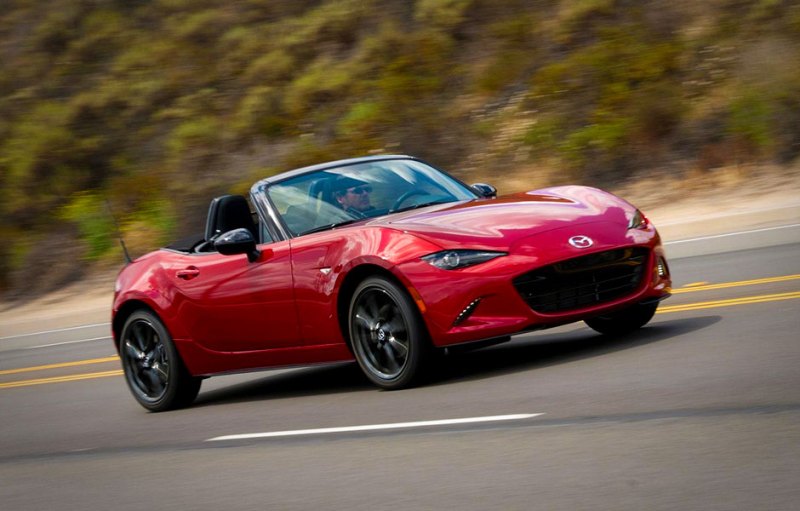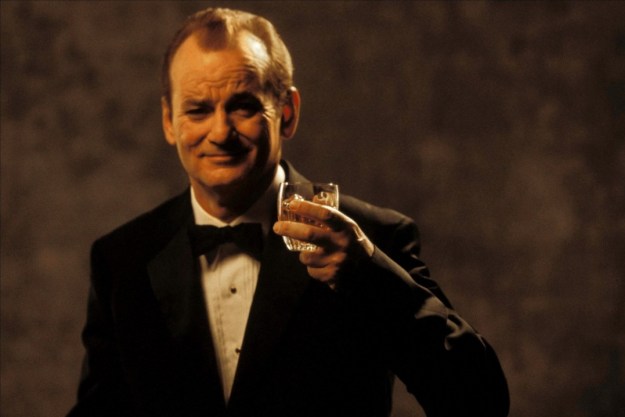
I kept the throttle buried, attempting to mask my lack of talent with the blind courage that has always served me that way. To my surprise and great relief, I stayed on the track. The car was more than happy to oblige my seemingly absurd request.
This was the most thrilling driving I’d ever experienced – by a wide margin. And the car that delivered those thrills was not race prepped Corvette or a Porsche 911 Cup car. Instead, the chariot in question was a second-generation Mazda MX-5, dishing out all of 110 horsepower or so.
That’s when it occurred to me: Despite our fixation on it in all things automotive, horsepower is woefully overrated.
Too much for the track
A few months after that Spec Miata race, some track time with a 2014 SRT Viper T/A only reaffirmed my new mantra. With 640 horsepower on tap, there’s no question that piloting the Viper around a race course was an intense experience. But I still had more fun in the MX-5. It might seem ridiculous – perhaps even pretentious – but hear me out.
The T/A wears the widest tire contact patch on a production car sold today, with 295mm Pirellis up front and massive, 355mm meats in the rear. But even with all that rubber to work with, it takes little more than an overly eager dip into the throttle without the front wheels pointed straight ahead to get the car bent out of shape. This kind of behavior is certainly not exclusive to the Viper either – high-horsepower cars, especially those that are rear wheel drive, tend to rely on driver patience coupled with short bursts of acceleration and massive brakes to scrub that speed back off before entering a corner. Around Buttonwillow Raceway, this translates to a series of carefully calculated throttle inputs and two, maybe three, brief flashes of wide open acceleration per lap.

A second-generation Miata, even in spec racer form, does not offer massive power, nor particularly mind-blowing braking capability. But those seeming disadvantages result in a car that requires the driver to wring every single ounce of performance potential out of the car in order to maintain a fast pace. Instead of gingerly guiding the car around the track, you’re grabbing it by the scruff and demanding everything it has to give.
While taking a fast lap around Buttonwillow in a Spec Miata, you’ll likely be at full throttle 80 percent of the time or more. Sure, those sticky race slicks help in that regard, but the takeaway here is that there’s a point at which too much horsepower can (for mere mortals like myself, anyway) actually detract from the driving experience.
Out on public streets the problem is compounded further. Here in the U.S. there’s no road where you can legally hit well over 150 mph like you can on the main straight of Road America. More importantly, our roads simply aren’t designed and maintained to allow for vehicles to travel at rates approaching those speeds with any modicum of safety.
Considering the fact that the vast majority of performance car owners never take their vehicles to race tracks throughout a lifetime of ownership, what we’re ultimately left with is massive performance potential – potential that almost never gets realized because of poor drivers or poor roads. But at the helm of a relatively low-output car that is dynamically engaging, like a Subaru BRZ, which makes 200 horsepower and 151 lb-ft of torque, simply getting up to speed on the freeway can be an involving experience.
Every once in a while, underdogs like these serve as giant killers, not necessarily because they hit above their weight class, but because they encourage you to better understand the economy of performance and utilize what the car has to offer more effectively. Those fundamentals translate as you move up the ladder into faster cars too, allowing you to develop your skills at a more realistically attainable threshold. Trust me, it’s a lot easier than strapping yourself into a 600-horsepower juggernaut and hoping that you’ll learn a thing or two about driving dynamics before you put the car into a ditch whilst seeking the limits of grip.
So why do we have an insatiable hunger for more horses, regardless of whether or not we actually have the means to do anything with it?
The arms race
During the early 1970s, the automotive world entered a dark time for performance, particularly for domestics. Government emissions and safety regulations, skyrocketing fuel prices, and insurance company mandates conspired to choke the life out of the once venerable V8 performance engine. By the middle of the decade, vehicles like the Chevrolet Corvette, which could be had with a 427-cubic-inch V8 churning out as much as 435 horsepower in 1968 – had been reduced to a top-spec offering of a 350ci V8 doling out a mere 205 horsepower just seven years later.
It was trend seen across the industry, and without a technological workaround, automotive companies sought other means of grabbing enthusiasts’ attention, be it with screaming-chicken hood stickers, luxury options, or other superfluous doodads. While everyone involved was more than eager for the era to pass, it wouldn’t be until nearly three decades later that the auto industry’s overall technological aptitude would allow for companies to resume producing mass market vehicles with hair-raising performance stats.
Today there are literally dozens of different models sold to the public for use on the street that make over 500 horsepower, and no less than seven different 2015 production models to choose from that make in excess of 700 hp. Not only is it a far cry from 1975, it’s a far cry from the best that the original “golden era” of performance had to offer as well.
But more has changed than just sheer output. We’ve become a society obsessed with metrics, and automakers are well aware of this. One of the core metrics for street performance has traditionally been the sprint to 60 miles per hour from a dead stop, and being able to advertise a time that’s even just a tenth of second faster than a competitor has become major bragging rights between rival car companies.
Accordingly, the pursuit of the performance crown has dictated some design choices for street cars. An example: shifting, no matter how fast you are with a clutch or how quickly your DCT gearbox swaps cogs, costs time. To combat this, many automakers have moved away from shorter gear ratios to prevent the need to shift before getting to 60 mph. While this is an effective way to shave some ticks of the clock off, it results in a car in which you are exceeding the speed limit of just about any public road (aside from highways) before you’ve even had a chance to shift out of first gear. The wow factor might initially seem impressive, but out on the road the lack of driver involvement can make this something of an anticlimactic event once the novelty has worn off.
Absurdity still has its place
This isn’t to say that cars like Dodge’s SRT Hellcat models and Tesla’s “Ludicrous Speed” P85D are without merit. Knowing you have Thor’s hammer under your foot anxiously waiting to open up the taps can be a pretty great feeling, and the brief moments where you can actually use it are likely to put a smile on your face. Ultimately though, horsepower is only one component of a much larger performance equation – one which includes weight, chassis tuning, the vehicle’s ability to inspire confidence behind the wheel, and a host of other factors than don’t necessarily include its acceleration and top-speed capabilities.
Most of the vehicles that tout those massive performance numbers come along with a substantial price tag, and you’ll have to pay if you want to play. But if a $20,000 model can be as much fun behind the wheel as an $80,000 car, what are you really paying for at the end of the day?




